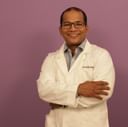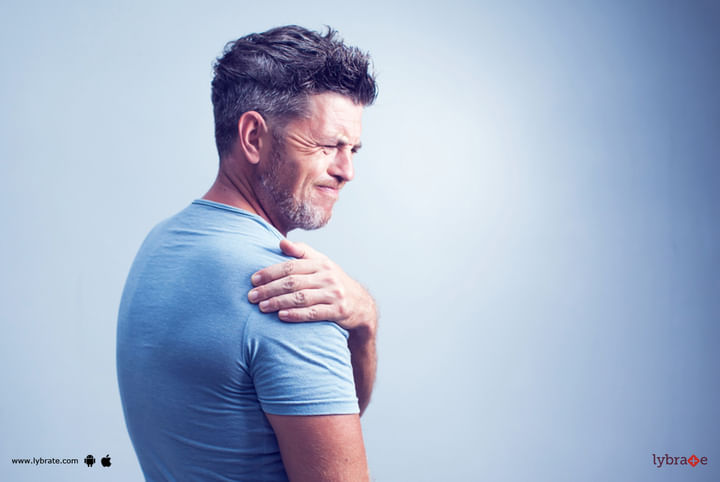Shoulder -Bankarat Surgery - Know All About It!
The shoulder joint is capable of extreme range of motions compared to other joints. It has complex anatomy that includes a number of bones, the head of the upper arm bone, and a socket in which the upper arm head moves. This socket is known as glenoid and it is lined by articular cartilage, a slippery tissue which also covers the head of the upper arm bone. Moreover, the head of the upper arm is attached to thick cartilage known as labrum which holds the ball in place within the socket. The combination renders a smooth surface where the bones can easily glide and perform a varied range of motions.
A Detached Labrum
If the labrum or the thick cartilage that holds the humeral bone in place in the socket gets detached due to some reason, the head of the upper arm loses stability. It can cause extreme pain and loss of range of motion. To repair this, an arthroscopic bankart repair is often suggested.
Arthroscopic Bankart Repair
In arthroscopic repair, a small camera known as an arthroscope is inserted into the shoulder joint. The surgeon can view the condition of the socket, the ball, and their surrounding tissues on a television screen where the image from the arthroscope is displayed in magnified version. The surgeon guides his instruments with the help of this display and performs surgery. The arthroscope is used to view the socket and repair the detached labrum.
The procedure begins by making small incisions in the front and back sides of the shoulder. The surgeon then inserts the arthroscope inside the joint to view the condition.
In the next stage, he inserts small surgical instruments into the joint to perform the surgery.
Before starting the surgery, he cleans the socket, especially the areas around the detached labrum to remove any rough edges or loose particles. Next, the surgeon makes some more small holes in the bone near the labrum, and places anchors in those holes. These anchors help to hold the sutures that the surgeon needs to make around the glenoid bone. The glenoid bone attaches the other part of the labrum.
Further in the process, the surgeon attaches the sutures to the detached labrum and pull them against the anchors. This automatically attaches the torn labrum to the glenoid bone.
The procedure ends by closing the incision with small bandages. After the surgery, the arm has to be placed in a sling so that the range of motion is restricted and the wound is allowed to heal. The patient needs to undergo several rounds of physical therapy for strengthening the shoulder and regain complete range of motion. Over this period of time, the detached labrum gets naturally reattached to the glenoid bone and socket.
Conclusion
Because of the use of an arthroscope, the procedure involves less blood loss and quick healing.



+1.svg)
